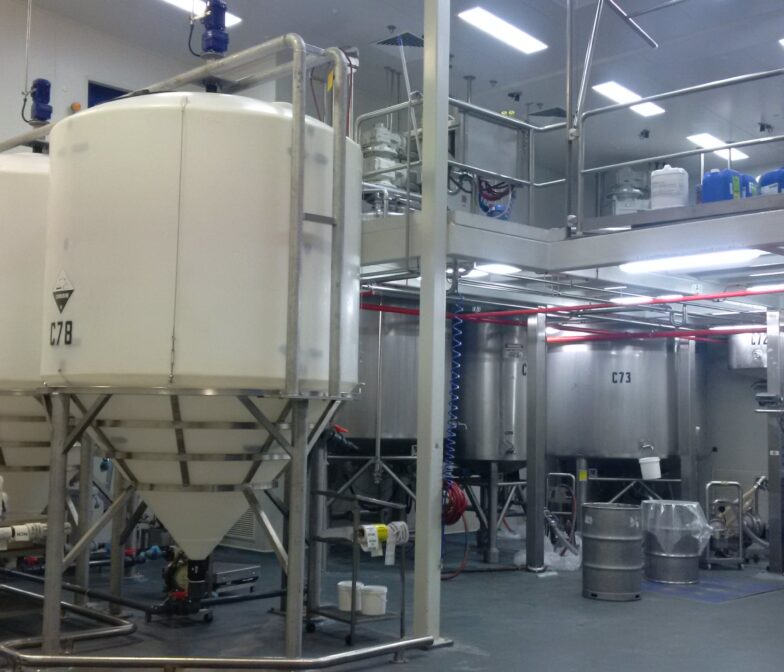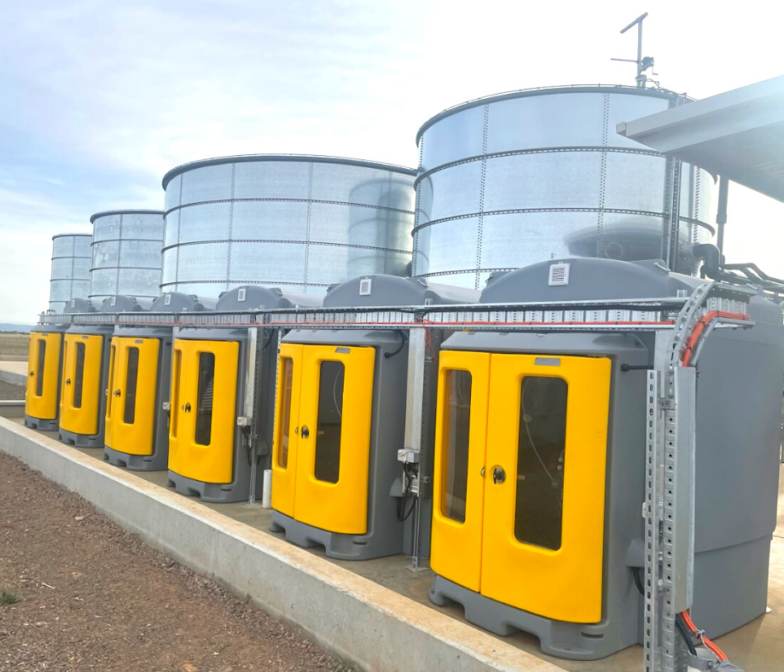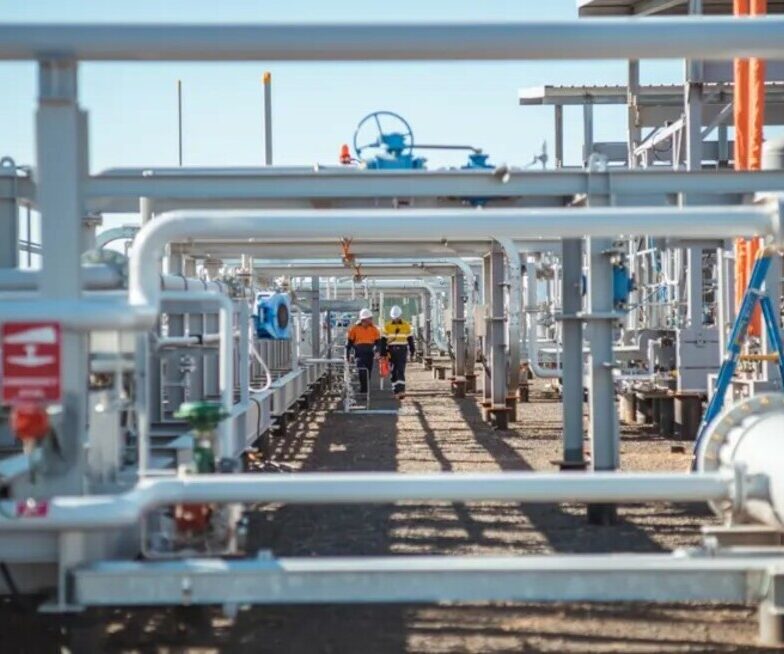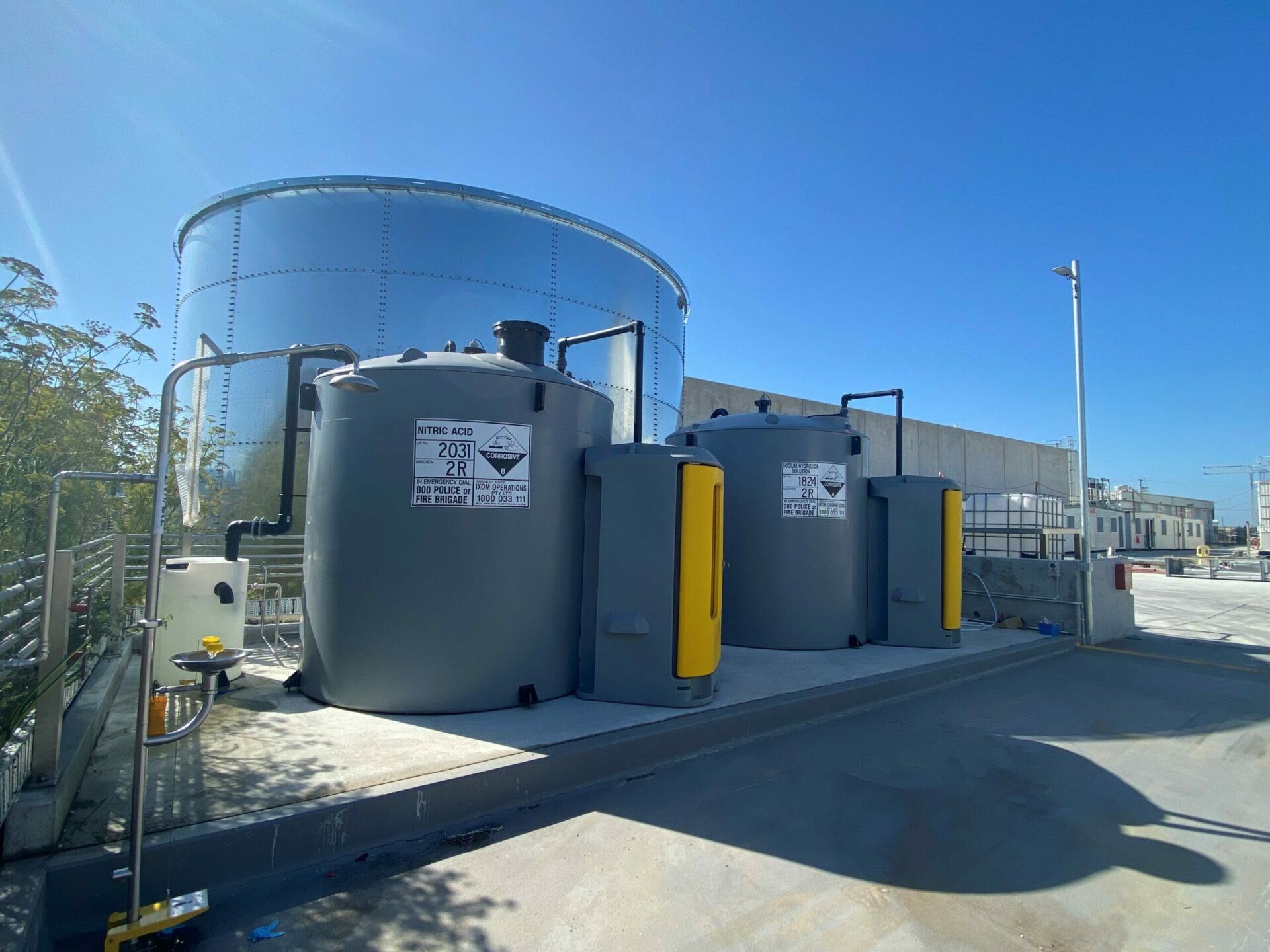Are you tired of struggling with dairy production challenges such as bacteria buildup and cleaning inefficiencies? If so, it’s time to discover the power of nitric acid. In this article, we’ll explore how nitric acid is revolutionizing the dairy industry by effectively removing bacteria and optimizing cleaning processes.
The dairy industry faces many challenges when it comes to maintaining clean and safe production facilities. Bacteria buildup and inefficient cleaning processes can lead to contamination and ultimately affect the quality of the final product. In this article, we explore the power of nitric acid in dairy production.
Nitric acid (HNO3) is a transparent acid with a strong, pungent odour when fully concentrated. It is a common yet highly corrosive acid used for a variety of purposes.
It is critical to find a proper storage solution when working with a multipurpose, caustic material such as nitric acid as it is a highly corrosive chemical.
Let’s look at some typical uses for nitric acid and how to effectively and safely store this chemical on-site to keep everyone and the surrounding environment safe.
1. What do you use Nitric Acid for?
Given its powerful acidity and ability to react to a wide range of materials, nitric acid is used in a variety of industries for purposes such as the production of fertiliser, pickling, and cleaning the surface of iron and steel. It is also commonly utilised in the digestion of turbid water samples and solid sludge for water treatment.
However, in the food and beverage industries, specifically the Dairy industry, Nitric Acid is the most commonly used in CIP (Clean In Place) system as a wash for scale removal and pH stability following a caustic wash, and this is our focus.
Check out our project with a CIP system in place at Maeil Dairies.
What makes Nitric Acid an excellent cleaning chemical? It can be utilised more successfully at lower temperatures than caustic solutions, requiring less heating. This can then help to cut energy costs while also lowering the danger of heat damage to the equipment.
Because of the necessity to keep processing components free of bacteria, CIP (clean in place) systems play an important role in the food and beverage industries. Cleaning is performed on process piping, tanks, heat exchangers, and other equipment to prevent contamination and preserve efficiency.
All that is done at an appropriate temperature and concentration then is followed by a rinse with water for removal of any left-over acid.
2. What containers can hold Nitric Acid?
Nitric Acid cannot be held in any kind of container. Due to the corrosiveness of this chemical, it must be held within a tank that is designed to resist the corrosive effect it has. Polymaster’s Self-Bunded tanks use a high-density poly and can hold up to chemicals that are 2SG making it a suitable poly tank option to store Nitric Acid.
Nitric Acid is not just any ordinary chemical either, as it is also known as a fuming chemical. This means it emits nitric oxide gas when it encounters air forming a toxic and corrosive gas that should not be released. It’s known as ‘fuming’ as the gas produced by the acid is a visible white mist.
So just having this chemical stored within the proper tank is not enough when it comes to keeping people safe, it also needs a fume scrubber system attached to help stop that harmful gas from forming and emitting.
It’s also a chemical that can generate heat if it is being stored in a large amount on site. If this is the case, it may be necessary to install temperature monitoring equipment to make sure the temperature within the tank does not exceed the safety level.
This whole system can be done by Polymaster, making sure any CIP system is safe to have on-site and storing Nitric Acid.
3. What should Nitric Acid not be stored with?
Due to the nature of this chemical, it is important that it’s stored safely and away from any materials it may react with which could lead to either a chemical reaction, generate heat, release toxic gases or even start a fire. Some of these materials are –
- Organic materials and certain metals are not safe to store near where this is being stored. This means no wood, paper, certain plastics, aluminium, or zinc. There are increased chances of these materials igniting or releasing either a toxic or hydrogen gas if they encounter one another.
- Other acids such as sulfuric or hydrochloric acid should not be stored with Nitric Acid. If these acids react with each other, it can cause them to form dangerous gases such as nitrogen oxides. This can be serious as it’s harmful to people and the environment around them.
- No reducing agents should be stored with Nitric either, such as sugar or alcohol. As if a reaction occurred, they could generate heat potentially causing a fire hazard and harm to anyone around.
4. What are the storage and handling guidelines when it comes to Nitric Acid?
Nitric Acid is a chemical that needs to be stored and handled with care to ensure the safety of everyone around and minimize the risk of any kind of accident or injury. We know when storing this chemical, it must be in a container/tank that is made from a material that is built to handle any kind of corrosive chemicals, but what about needing to handle it?
If at any point in time, handling of this chemical needs to take place it is always important to wear the appropriate protective equipment such as gloves, goggles and a face shield. If this chemical comes into contact with anyone’s skin or eyes, it can cause serious chemical burns and even result in blindness.
If a spill occurs the area should be cleared and cleaned up immediately. It’s important to have an emergency plan in place and have fire extinguishers and eye-washing stations nearby.
5. Maeil Dairies Case Study.
Read about how Polymaster worked with IXOM to provide 2 self-bunded chemical tanks with dosing cabinets to store and dose the Sodium Hydroxide and Nitric Acid for the CIP system.
Check out our project with a CIP system in place at Maeil Dairies.
6. Additional Resources Available.
If you are in the market for a chemical tank to hold and store your Nitric Acid and need more information, we have available a whole suite of resources online for our Self-Bunded Tanks and other accessories including;
- GA/PDF drawings for all tanks
- Step files to easily incorporate into your CAD files
- Datasheets on each tank, including different SG and Chemical Grade material
Always refer to the SDS (Safety Data Sheet) before using or handling Nitric Acid, and if in doubt, seek advice from your supplier.
Our chemical team are happy to help you navigate through your requirements. Simply call 1300 062 064.
More Similar News
View all News
Why Cone Bottom Tanks are Perfect for your Business

Storing Chemical IBCs: Essential Tips for Safe and Compliant Storage


